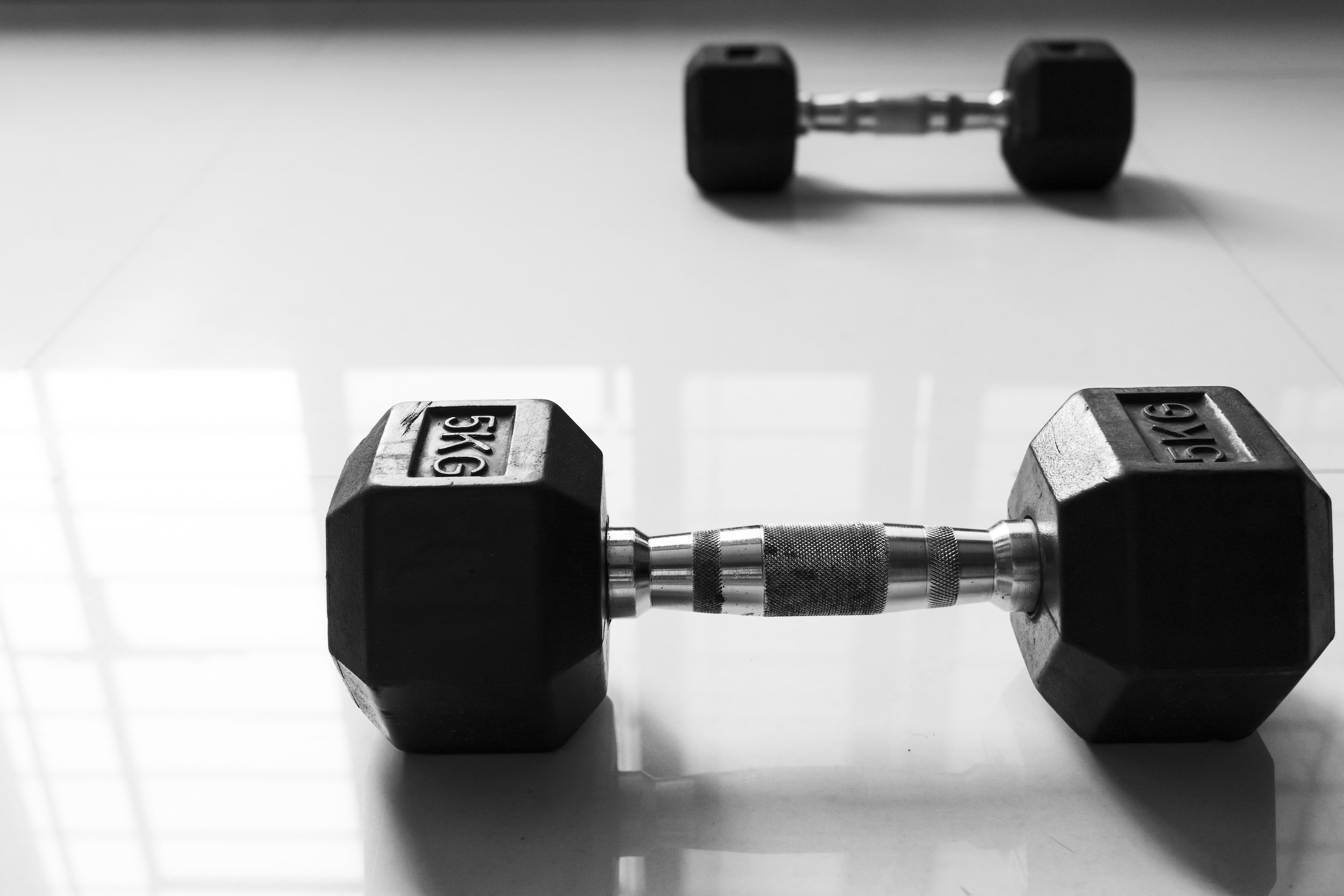Supersets: What are they and what are the benefits?
So you wanna build muscle fast and burn more calories?
Supersets are a popular training technique used in the gym where an individual performs two exercises back to back with little or no rest in between. Supersets are often used to increase training intensity, reduce workout time, and target multiple muscle groups simultaneously. In this blog, we will discuss what supersets are, the different types of supersets, and what the scientific research says about them.
What are Supersets?
Supersets are a type of resistance training that involves performing two exercises back to back with minimal rest in between. Typically, supersets are performed for opposing muscle groups, such as chest and back or biceps and triceps, to allow for maximum recovery time between sets.
The goal of supersets is to increase training intensity, challenge the muscles, and promote muscle growth.
What are the types of supersets?
Compound Supersets: Compound supersets involve performing two exercises that target the same muscle group. For example, performing a bench press immediately followed by a pushup.
Isolation Supersets: Isolation supersets involve performing exercises that target a single joint, with one muscle group acting as primary mover. For example doing dumbbell curls straight into cable curls.
Antagonistic Supersets: Antagonistic supersets involve performing two exercises that target opposing muscle groups. For example, performing a bicep curl immediately followed by a tricep extension.
Benefits of Supersets
Supersets can add variety to your training schedule.
Increased Training Intensity: By performing two exercises back to back, supersets increase the training intensity, which can lead to greater muscle activation.
Time-Saving: Supersets can help reduce workout time as it allows you to perform two exercises in the time it would take to perform one.
Avoiding plateau: Supersets can be an effective way to challenge the muscles and prevent them from plateauing by continuously varying the exercises.
Do supersets “burn” more calories and build more muscle?
A group of researchers got together to answer those questions, and here’s what they found.
In traditional lifting (or straight sets), athletes were "burning" about 8.1 calories per minute in a 27 minute workout, whereas athletes who did the straight sets burned 5.7 calories a minute across the 46 minute workout.
Now if you do the maths you'll see that as far as energy expenditure goes per workout session, you'll see that straight sets actually accumulated more calories burned by 20%.
Here's the interesting part though, even though it appears as though athletes were "burning" more energy in the straight sets than the supersets, there was a "lag" in energy expenditure which resulted in more overall calories burned in the superset group. Meaning that even though they had completed their workout before the other group, their bodies were still expending energy well into the day.
Which one is better: Supersets or straight sets?
As always, it depends. Your goals will also determine which exercise is "best" for you.
Other research has suggested that more rest times between sets (1-3 minutes of rest between sets) may elicit more muscle growth as it gives the body more time to recover. So as far as supersets go, this may not necessarily be the route to go down all the time if muscle growth is the main goal, however, this isn’t to say that you can’t combine supersets and straight sets to take advantage of both training styles.
Here is an example of how you could combine the two types of training. Let’s say you combine a back and chest exercise, you could rest for 1 minute in between the two muscle groups, then rest again for 2 minutes in between the sets. This would allow you to work two opposing muscles and still have some time to recover.
However, it is important to note that supersets may not be suitable for everyone, particularly beginners or those with injuries. It is also essential to vary your training and not rely solely on supersets as your primary training technique.
Conclusion
Supersets are an effective training technique that can help increase training intensity, save time, and challenge the muscles. They can be performed in various ways, targeting different muscle groups. While scientific research supports the use of supersets in promoting muscle growth and strength, it is important to vary your training and not rely solely on supersets as your primary training technique. Always consult with a certified personal trainer or medical professional before beginning any new exercise program.
Resources
Realzola RA, Mang ZA, Millender DJ, Beam JR, Bellovary BN, Wells AD, et al. Metabolic Profile of Reciprocal Supersets in Young, Recreationally Active Women and Men. J Strength Cond Res. 2022 Oct 1;36(10):2709–16
Schoenfeld BJ, Pope ZK, Benik FM, Hester GM, Sellers J, Nooner JL, et al. Longer Interset Rest Periods Enhance Muscle Strength and Hypertrophy in Resistance-Trained Men. J Strength Cond Res. 2016 Jul;30(7):1805–12




